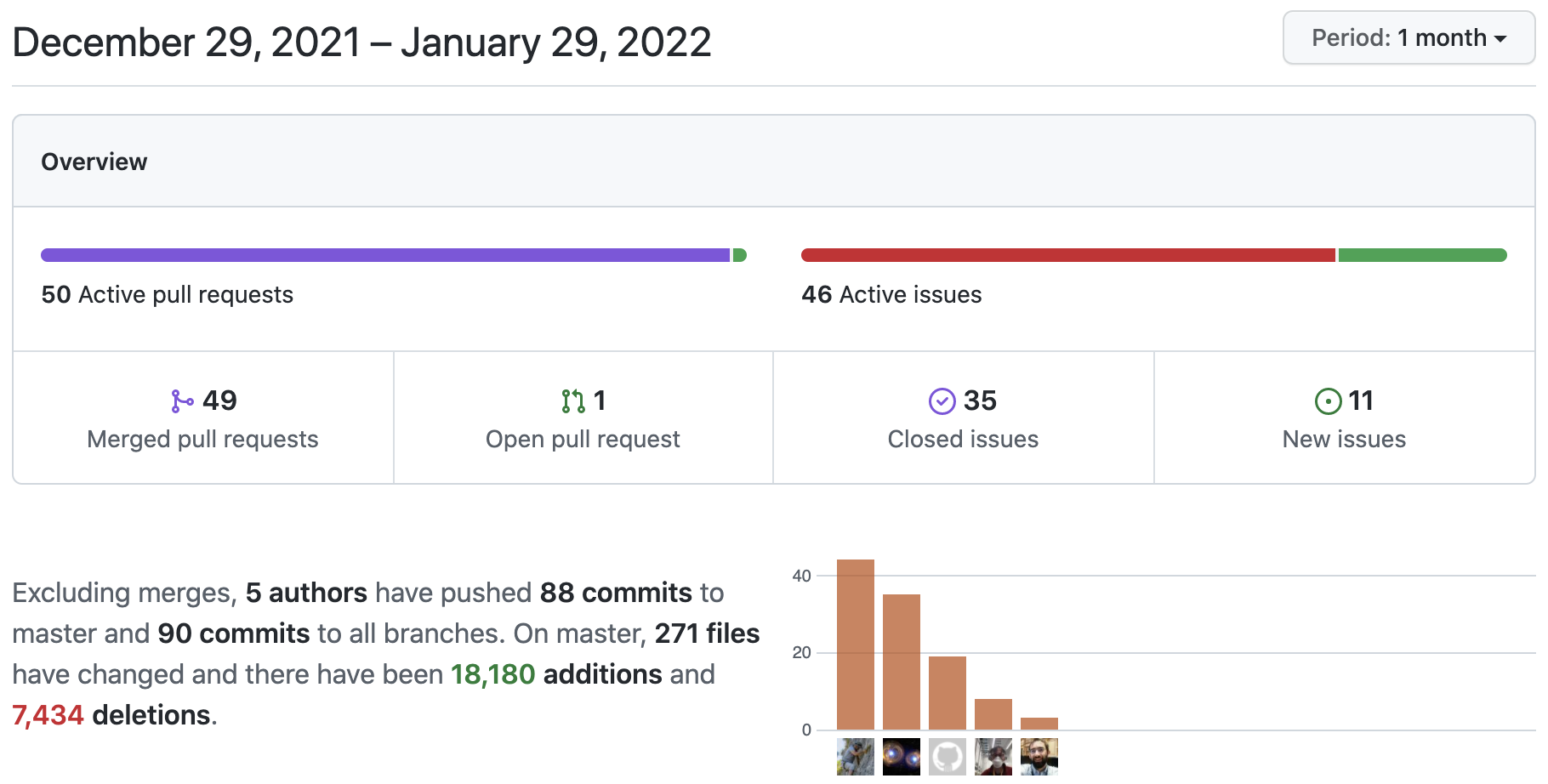Author Archives: Ivan Pepelnjak
Author Archives: Ivan Pepelnjak
Every time I’m writing netsim-tools release notes I’m amazed at the number of features we managed to put together in just a few weeks.

Here are the goodies from netsim-tools releases 1.1.1 and 1.1.2:
New networking myths are continuously popping up. Here’s a BGP one I encountered a few days ago:
You don’t need IBGP sessions between BGP route reflectors
In general, that’s clearly wrong, as illustrated by this setup:
New networking myths are continuously popping up. Here’s a BGP one I encountered a few days ago:
You don’t need IBGP sessions between BGP route reflectors
In general, that’s clearly wrong, as illustrated by this setup:
Last week I published a link to Pete Crocker’s RSVP-TE lab, but there’s more: he created another lab using the same topology that uses SR-MPLS with IS-IS to get the job done.
Jeroen Van Bemmel did something similar for SR Linux: his lab topology has fewer devices (plus SR Linux runs in containers), so it’s easily deployable on machines without humongous amount of memory.
Last week I published a link to Pete Crocker’s RSVP-TE lab, but there’s more: he created another lab using the same topology that uses SR-MPLS with IS-IS to get the job done.
Jeroen Van Bemmel did something similar for SR Linux: his lab topology has fewer devices (plus SR Linux runs in containers), so it’s easily deployable on machines without humongous amount of memory.
Tom Hollingsworth published a more eloquent version of what I’ve been saying for ages:
Obviously it’s totally against the vested interest of any networking vendor out there to admit it.
Tom Hollingsworth published a more eloquent version of what I’ve been saying for ages:
Obviously it’s totally against the vested interest of any networking vendor out there to admit it.
Christoph Jaggi, the author of Ethernet Encryption webinar and ethernet encryptor market overviews launched a new site in which he collected tons material he created in the past – the network security and news and articles sections are definitely worth exploring.
Christoph Jaggi, the author of Ethernet Encryption webinar and ethernet encryptor market overviews launched a new site in which he collected tons material he created in the past – the network security and news and articles sections are definitely worth exploring.
Yesterday I mentioned the giant glob of complexity called Kubernetes. If you want to slowly unravel it, Kubernetes Architecture video from the excellent Kubernetes Networking Deep Dive webinar by Stuart Charlton is a pretty good starting point.
Yesterday I mentioned the giant glob of complexity called Kubernetes (see also more nuanced take on the topic). If you want to slowly unravel it, Kubernetes Architecture video from the excellent Kubernetes Networking Deep Dive webinar by Stuart Charlton is a pretty good starting point.
When I finally1 managed to get SR Linux running with netsim-tools, I wanted to test how it interacts with Cumulus VX and FRR in an OSPF+BGP lab… and failed. Jeroen Van Bemmel quickly identified the culprit: MTU. Yeah, it’s always the MTU (or DNS, or BGP).
I never experienced a similar problem, so of course I had to identify the root cause:
When I finally1 managed to get SR Linux running with netlab, I wanted to test how it interacts with Cumulus VX and FRR in an OSPF+BGP lab… and failed. Jeroen Van Bemmel quickly identified the culprit: MTU. Yeah, it’s always the MTU (or DNS, or BGP).
I never experienced a similar problem, so of course I had to identify the root cause:
Got into an interesting BGP discussion a few days ago, resulting in a wild chase through recent SRv6 and BGP drafts and RFCs. You might find the results mildly interesting ;)
BGP has three dimensions of address family configurability:
Got into an interesting BGP discussion a few days ago, resulting in a wild chase through recent SRv6 and BGP drafts and RFCs. You might find the results mildly interesting ;)
BGP has three dimensions of address family configurability:
Aaron Glenn sent me his thoughts on hardware differences between routers and switches based on the last paragraph of Dmytro Shypovalov’s views on the topic
To conclude, what is the difference between routers and switches in my opinion? I have absolutely no idea.
Aaron Glenn sent me his thoughts on hardware differences between routers and switches based on the last paragraph of Dmytro Shypovalov’s views on the topic
To conclude, what is the difference between routers and switches in my opinion? I have absolutely no idea.
It’s amazing how creative networking engineers become once they have the basic tools to get the job done a bit quicker. Last week Pete Crocker published the largest topology I’ve seen built with netsim-tools so far: a 13-router lab running RSVP TE to transport IP traffic between external autonomous systems1.

Lab topology
It’s amazing how creative networking engineers become once they have the basic tools to get the job done a bit quicker. Last week Pete Crocker published the largest topology I’ve seen built with netlab so far: a 13-router lab running RSVP TE to transport IP traffic between external autonomous systems1.

Lab topology
After Javier Antich walked us through the AI/ML hype and described the basics of machine learning it was time for a more thorough look at: